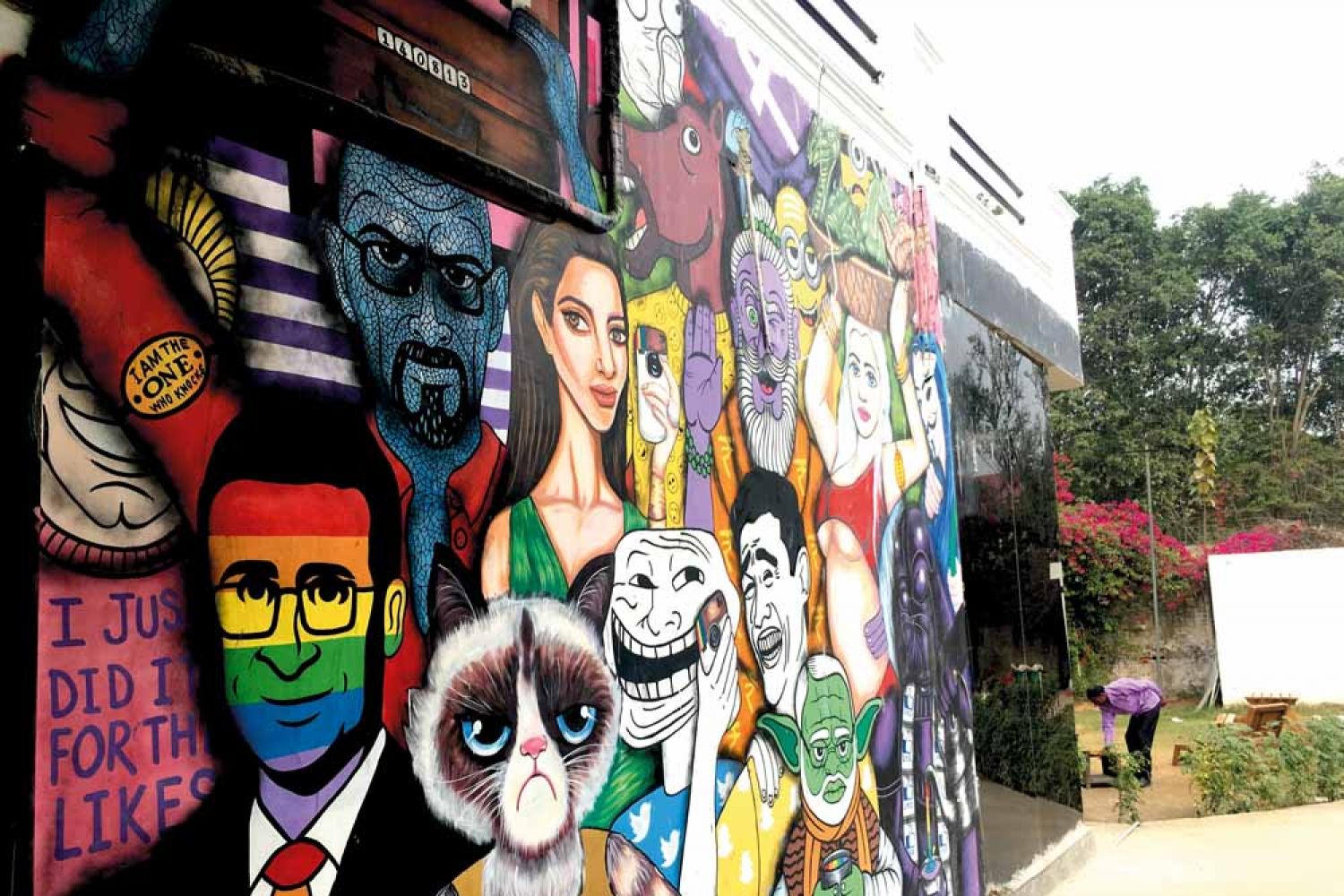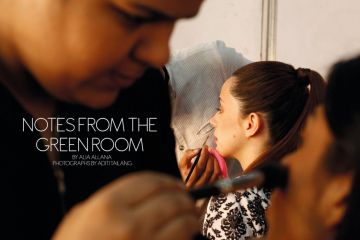
Raj Das’s Casio
digital watch beeped twice. It was 9 p.m. and he got up from a garden bench and
walked inside the farmhouse that is the office of ScoopWhoop Media Pvt. Ltd, a
digital media start-up with mass following. It was as though a school bell had
rung. Others followed him inside. They gathered in front of the television set
that hung on a red wall in the newsroom. The camera zoomed in onto the man of
the hour, Arnab Goswami.
#JNUCrisis was
underway, and Goswami had been on fire
Continue reading “Ten reasons ScoopWhoop is the new big media”
Read this story with a subscription.





